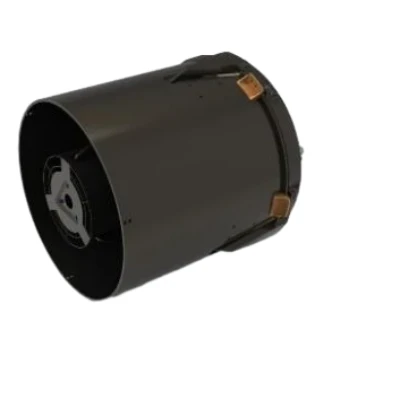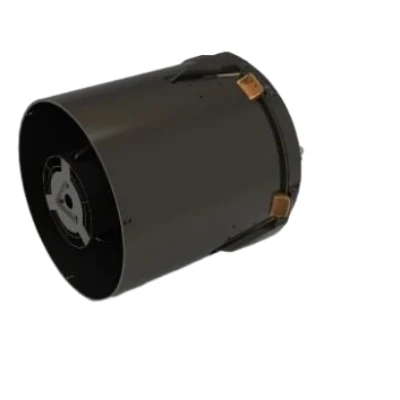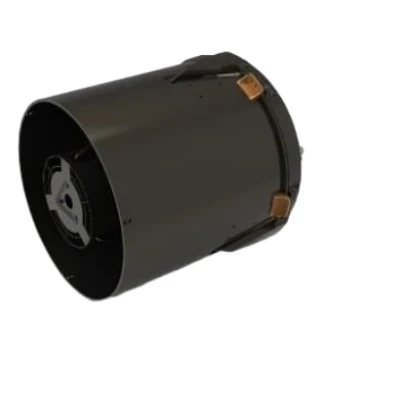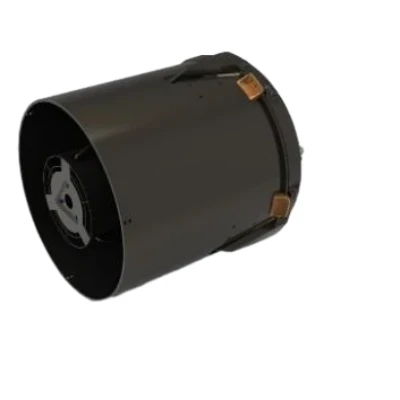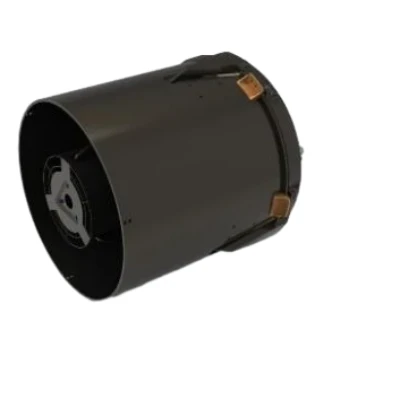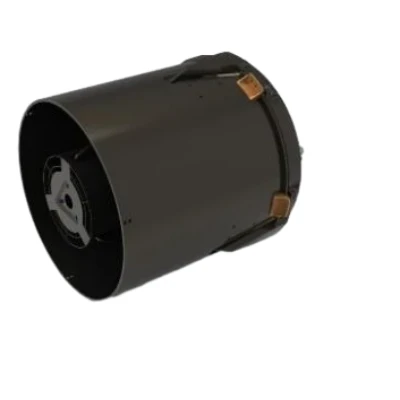
- africano
- albanés
- Amárico
- árabe
- armenio
- Azerbaiyano
- vasco
- Bielorruso
- bengalí
- bosnio
- búlgaro
- catalán
- Cebuano
- Porcelana
- corso
- croata
- checo
- danés
- Holandés
- Inglés
- esperanto
- Estonio
- finlandés
- Francés
- frisio
- gallego
- georgiano
- Alemán
- Griego
- Gujarati
- Criollo haitiano
- Hausa
- hawaiano
- hebreo
- No
- Miao
- húngaro
- islandés
- igbo
- indonesio
- irlandés
- italiano
- japonés
- javanés
- Canarés
- kazajo
- Jemer
- Ruanda
- coreano
- kurdo
- Kirguistán
- Mano de obra
- latín
- letón
- lituano
- Luxemburgués
- macedónio
- madagascarí
- malayo
- Malabar
- maltés
- maorí
- Maratí
- mongol
- Birmania
- Nepalí
- noruego
- noruego
- Occitano
- Pashto
- persa
- Polaco
- portugués
- punjabi
- rumano
- ruso
- Samoano
- Gaélico escocés
- serbio
- Inglés
- Shona
- Sindhi
- Cingalés
- eslovaco
- esloveno
- somalí
- Español
- Sundanés
- swahili
- sueco
- Tagalo
- Tayiko
- Tamil
- Tártaro
- Télugu
- tailandés
- turco
- Turcomano
- ucranio
- Urdú
- Uigur
- Uzbeko
- vietnamita
- galés
- Ayuda
- yídish
- Yoruba
- zulú
Application of Remote Sensing: Transforming Earth Observation and Analysis
The application of remote sensing has revolutionized how scientists, governments, and industries monitor and manage Earth's resources and environments. By leveraging satellite and aerial data, remote sensing enables observation of large areas with great detail, often in near real-time. This technology supports a wide array of sectors including agriculture, forestry, urban planning, disaster management, and environmental conservation. In this article, we explore the application of remote sensing across different fields, highlight relevant remote sensing data examples, explain the remote sensing process, and discuss the advantages of remote sensing. We will also touch on types of remote sensing, where very high-resolution satellite imagery free plays a crucial role, and provide insights into remote sensing in Geography.
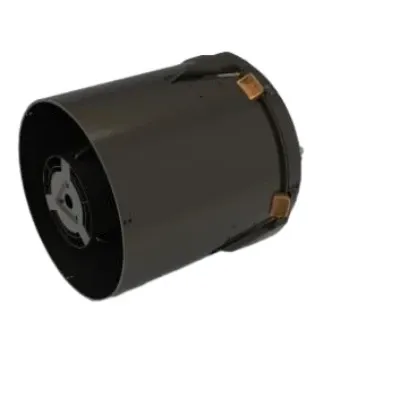
Diverse Applications of Remote Sensing Across Industries
The application of remote sensing spans numerous fields. In agriculture, remote sensing allows farmers to monitor crop health, detect pest infestations, and manage irrigation efficiently. Satellite imagery reveals patterns of vegetation vigor and soil moisture, enabling precision farming techniques that boost yields while conserving resources.
In forestry, remote sensing supports the tracking of deforestation, forest degradation, and biomass estimation. By comparing satellite images over time, experts can quantify forest loss and guide conservation efforts. Similarly, remote sensing is instrumental in wildfire monitoring and post-fire damage assessment.
Urban planners utilize remote sensing to map city expansion, analyze land use, and plan infrastructure projects. High-resolution satellite images reveal detailed urban structures, road networks, and green spaces, facilitating sustainable development.
Disaster management heavily relies on remote sensing data. Rapid access to real-time satellite imagery free allows responders to assess flood extents, earthquake damage, or hurricane impacts promptly. This information aids in resource allocation and evacuation planning.
Environmental scientists use remote sensing to study climate change impacts, monitor glaciers, observe ocean temperatures, and assess air quality. These observations support policy-making and environmental protection.
Relevant Remote Sensing Data Examples for Various Applications
The application of remote sensing depends on diverse data types tailored to specific needs. For example, multispectral images from Landsat or Sentinel satellites provide essential data for vegetation and land cover analysis. Synthetic Aperture Radar (SAR) data assists in flood mapping and terrain modeling due to its ability to penetrate clouds and operate day and night.
Thermal infrared data is used for monitoring urban heat islands and volcanic activity, while LiDAR data generates accurate 3D models for forestry and urban planning.
Access to very high-resolution satellite imagery free enhances the precision of these applications, allowing detection of small features such as individual trees, vehicles, or buildings. This detail supports fine-scale analyses critical for urban management and disaster response.
The Remote Sensing Process and Its Role in Application
Understanding the remote sensing process is key to effectively applying satellite data. The process involves data acquisition by sensors, transmission to ground stations, preprocessing to correct distortions, image analysis, and interpretation.
Processed data can be integrated with Geographic Information Systems (GIS) to perform spatial analysis and modeling. The accuracy and timeliness of remote sensing data greatly influence the quality of decisions made in various applications.
Advantages of Remote Sensing in Modern Applications
The advantages of remote sensing are numerous. It allows coverage of large and inaccessible areas without physical presence. Remote sensing provides repetitive data collection, enabling change detection and trend analysis.
It also offers multispectral and multi-temporal data, providing insights into physical, biological, and chemical properties of Earth’s surface and atmosphere.
These advantages make remote sensing indispensable in monitoring natural resources, managing disasters, planning urban growth, and supporting sustainable development goals.
Remote Sensing in Geography and Its Impact on Understanding Earth
What is remote sensing in Geography? It is the use of remote sensing technologies to study spatial patterns, physical landscapes, and human-environment interactions. Geographers use satellite data to map land use, analyze environmental changes, and model geographic phenomena.
The integration of types of remote sensing and access to very high-resolution satellite imagery free enable geographers to conduct detailed spatial analyses, enhancing understanding of Earth's dynamic systems.
Conclusion
The application of remote sensing has transformed Earth observation, offering detailed, timely, and broad-scale data critical for agriculture, forestry, urban planning, disaster management, and environmental science. With diverse remote sensing data examples and an efficient remote sensing process, remote sensing provides unparalleled advantages.
Understanding types of remote sensing and leveraging very high-resolution satellite imagery free further empower users, particularly in the field of remote sensing in Geography. As satellite technology advances and data accessibility improves, the applications of remote sensing will continue to expand, supporting informed decision-making and sustainable management of Earth’s resources.






